Introduction
Arduino Oscilloscope DIY Homemade using Arduino Nano, 5110 LCD Module, resistors, capacitors, and Vero board is a very simple and cost-effective tool. It not only saves money, but it also saves time, since it is easy to create a simple oscilloscope with this device. This article provides a comprehensive guide to creating your own Arduino Oscilloscope DIY Homemade.
Before we get started, let’s first understand what an oscilloscope is. An oscilloscope is an electronic instrument that is used to measure and display signals graphically. It is commonly used in laboratories, medical fields, engineering, and electronics industries. An oscilloscope is an essential tool for testing circuits, monitoring signals while debugging, and testing electronic components.
There are different types of oscilloscopes available in the market, but they are typically expensive. However, with the development of the latest embedded technology like Arduino, it is now possible to create your homemade oscilloscope at a minimal cost.
Project Video:
Following is the project video of this article which is already uploaded to the YouTube Channel. You can view it here or switch to YouTube Channel for more interesting videos.

Circuit Diagram
of Arduino Oscilloscope DIY Homemade
Following is the circuit diagram of this project which will guide you to build the project smoothly.
More Circuit Layouts
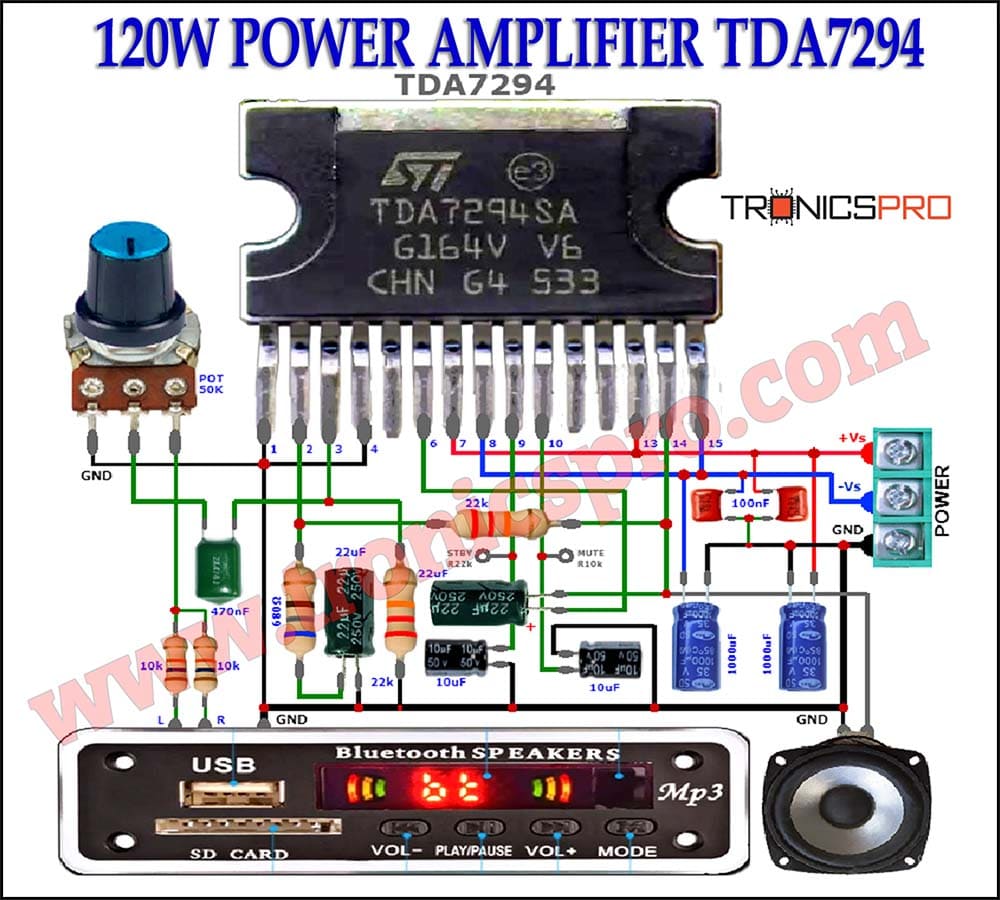







Components List
of Arduino Oscilloscope DIY Homemade
The required components for the Arduino Oscilloscope are as follows:
- 1x ARDUINO NANO
- 1x 5110 LCD MODULE
- 1x 10K VARIABLE RESISTOR
- 4x 10K RESISTORS
- 1x 47K RESISTOR
- 1x 2.2K RESISTOR
- 1x 470 OHM RESISTOR
- 4x PUSH BUTTONS
- 1x 0.1uF CAPACITOR
- 2x STEREO FEMALE JACK
- 1x STEREO MALE JACK
- 3x ALLIGATOR CLIPS
- VERO BOARD
- JUMPER WIRES
- Arduino Code:
Working Explanation
of Arduino Oscilloscope DIY Homemade
Once you have all the components, you can begin by assembling the circuit. Start by plugging the Arduino Nano into the Vero board. Ensure that it is placed in the right direction. Connect the 5110 LCD module to the Vero board as well. Now take rest of the parts provided in the components list and connect them according to the circuit diagram provided above.
Arduino Code Uploading & Testing :
We have completed our circuit here. The remaining work is to upload the code to Arduino. The code can be easily downloaded from online sources or from GitHub. Once the code has been uploaded to the Arduino, the homemade oscilloscope is ready to use. The link to the Arduino Code is already provided in the Components List section.
To test the oscilloscope, connect the signal you want to measure to the A3 pin of the Arduino. Then adjust the potentiometer attached to A0 to adjust the sensitivity of the oscilloscope. This will vary depending on the input signal being measured. The final result will be displayed on the 5110 LCD module.
It is important to note that the oscilloscope’s accuracy is dependent on the quality of the components used. Also, the Arduino Nano has limited processing power, which means that the sample rate of the oscilloscope is low. However, it is still an excellent tool for beginners who are looking to explore the world of electronics without breaking the bank.
Conclusion
Creating an oscilloscope using Arduino Nano, 5110 LCD module, resistors, capacitors, and vero board is an excellent way to save money while having a useful tool for testing and debugging electronic circuits. Although the oscilloscope has its limitations, it still performs excellently in simple applications. It is a perfect DIY project for hobbyists, students, and anyone interested in electronics. With this guide, you should have everything you need to create your homemade oscilloscope.
More projects, You may like:
- Video Transmitter DIY Homemade FM Radio Transmitter
- Adjustable Power Supply DIY Battery Charger
- 12V-220V 500 Watt inverter DIY Homemade
- 12V-220V H-Bridge Inverter DIY Homemade
- MPPT Solar Charge Controller DIY Homemade
- 18650 battery bank free charge protection module
- D718 B688 Bass Amplifier Homemade DIY
- C5200 Bass Amplifier DIY Homemade with Volume
- DIY LA4440 bass amplifier homemade
- C5200 A1943 TDA2030 Amplifier DIY Homemade




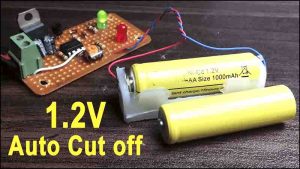









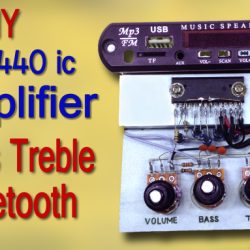
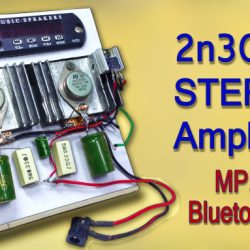








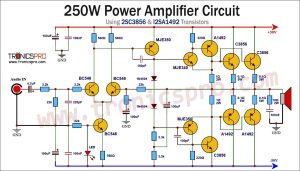



Hello.
First, I need to thank you for your good and valuable site.
I am with you from Isfahan – Iran.
Please provide information about the technical specifications of this oscilloscope (sampling rate – speed, etc.).
Unfortunately, in my country, YouTube and many other networks are filtered and limited, while the internet is very slow and with a lot of interruptions.
Please send me the test video.
Thank You
Hello, I built your circuit and I made sure that everything is correct, but when I uploaded the code, I did not see any image on my nokia screen, what could be the reason for this?
a mi me pasa lo mismo no se ve nada en la pantalla, en cambio con el pulstone si se ve, sabe por que puede ser??